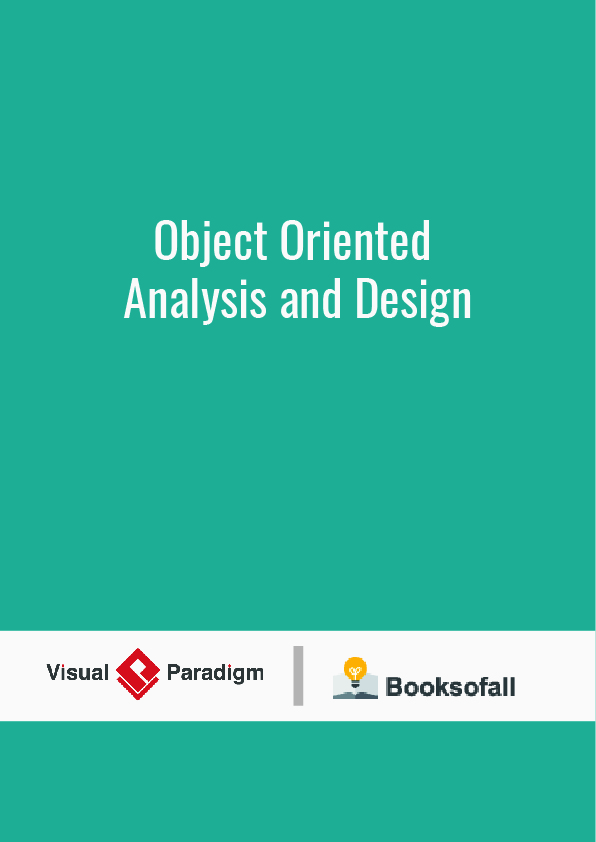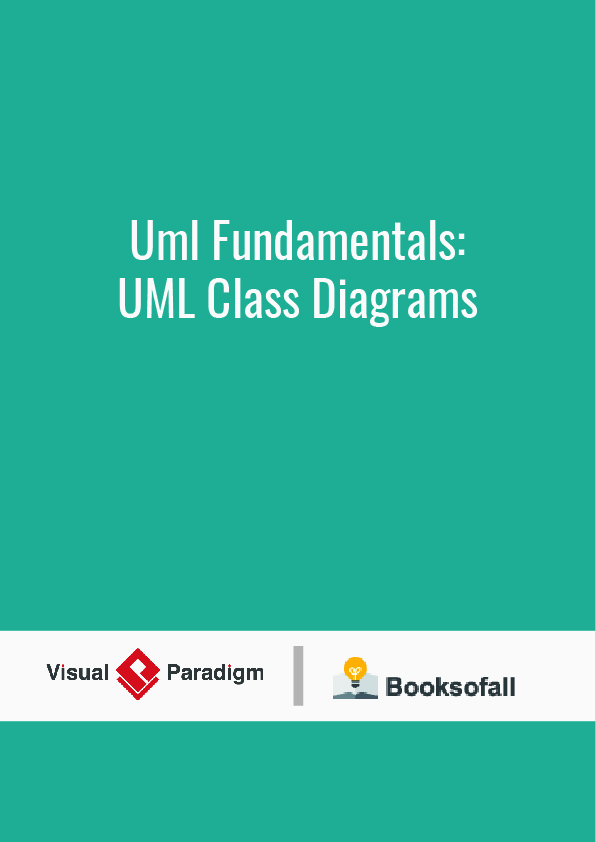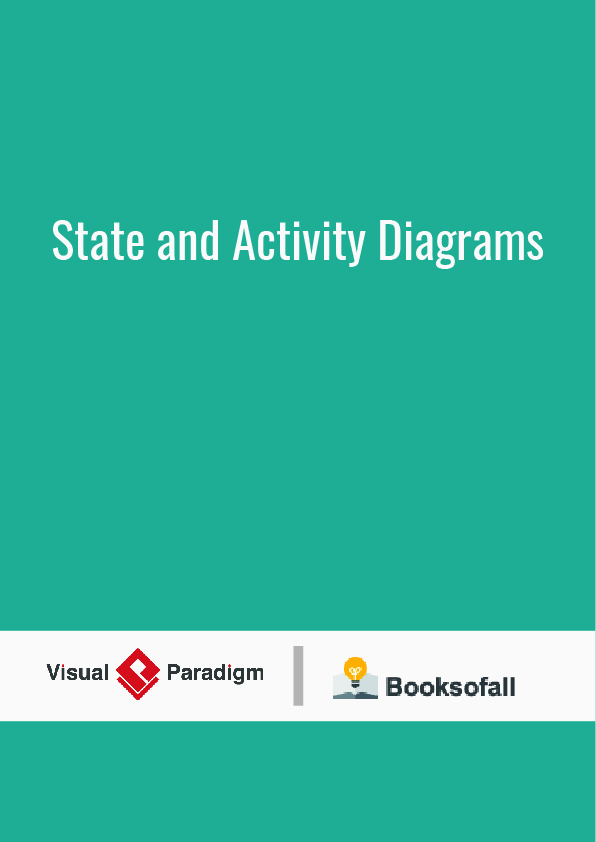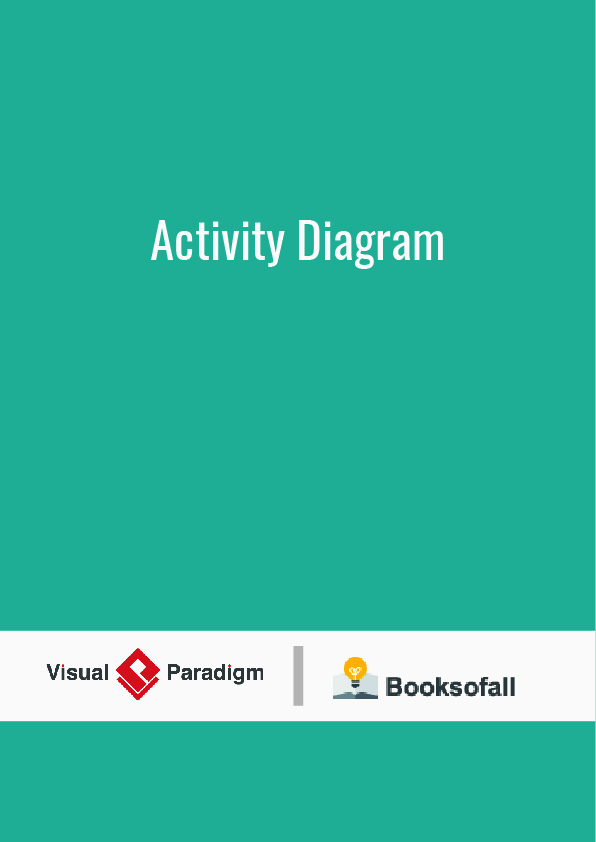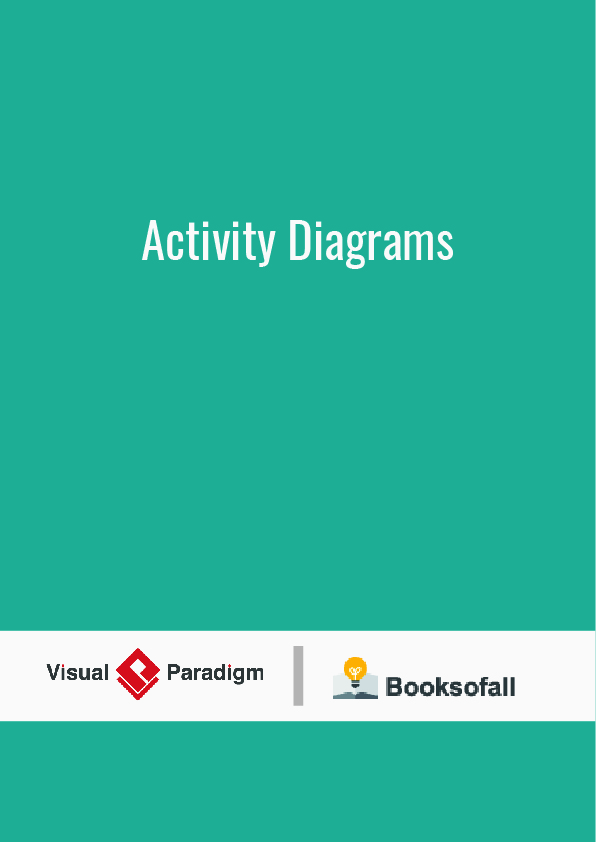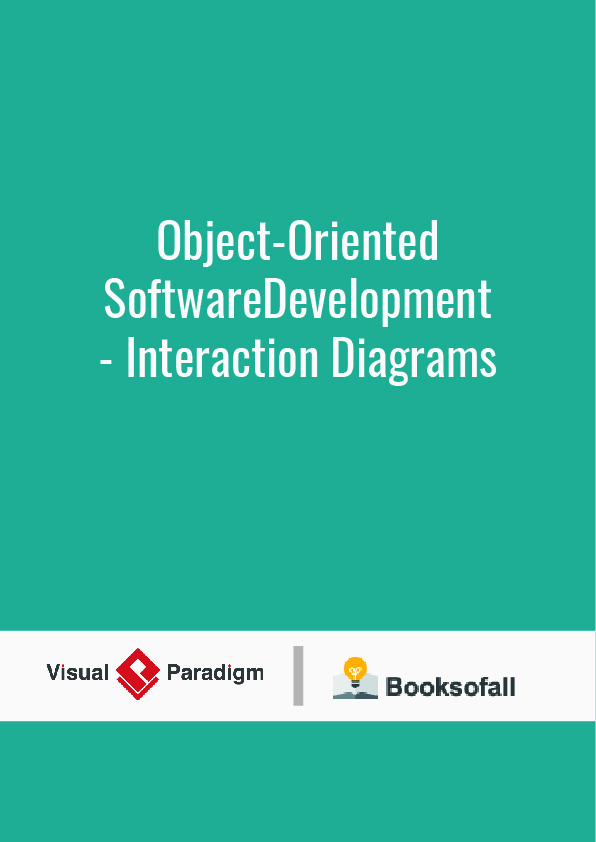Unified Modeling Language (UML) is a general purpose modelling language. The main aim of UML is define a standard way to visualize the way a system has been designed. It is quite similar to blueprints used in other fields of engineering.
UML is not a programming language, it is rather a visual language. We use UML diagrams to portray the behavior and structure of a system. UML helps software engineers, businessmen and system architects with modelling, design and analysis. The Object Management Group (OMG) adopted Unified Modelling Language as a standard in 1997. Its been managed by OMG ever since. International Organization for Standardization (ISO) published UML as an approved standard in 2005. UML has been revised over the years and is reviewed periodically.
Uses of UML:
Complex applications need collaboration and planning from multiple teams and hence require a clear and concise way to communicate amongst them.
Businessmen do not understand code. So UML becomes essential to communicate with non programmers essential requirements, functionalities and processes of the system.
A lot of time is saved down the line when teams are able to visualize processes, user interactions and static structure of the system. UML is linked with object oriented design and analysis.
UML makes the use of elements and forms associations between them to form diagrams. Diagrams in UML can be broadly classified as:
1. Structural Diagrams – Capture static aspects or structure of a system. Structural Diagrams include: Component Diagrams, Object Diagrams, Class Diagrams and Deployment Diagrams.
2. Behavior Diagrams – Capture dynamic aspects or behavior of the system. Behavior diagrams include: Use Case Diagrams, State Diagrams, Activity Diagrams and Interaction Diagrams.
Object Oriented Concepts Used in UML –
1. Class – A class defines the blue print i.e. structure and functions of an object.
2. Objects – Objects help us to decompose large systems and help us to modularize our system. Modularity helps to divide our system into understandable components so that we can build our system piece by piece. An object is the fundamental unit (building block) of a system which is used to depict an entity.
3. Inheritance – Inheritance is a mechanism by which child classes inherit the properties of their parent classes.
4. Abstraction – Mechanism by which implementation details are hidden from user.
5. Encapsulation – Binding data together and protecting it from the outer world is referred to as encapsulation.
6. Polymorphism – Mechanism by which functions or entities are able to exist in different forms.
Additions in UML 2.0 –
Software development methodologies like agile have been incorporated and scope of original UML specification has been broadened.
Originally UML specified 9 diagrams.UML 2.x has increased the number of diagrams from 9 to 13. The four diagrams that were added are : timing diagram, communication diagram, interaction overview diagram and composite structure diagram.
UML 2.x renamed statechart diagrams to state machine diagrams. UML 2.x added the ability to decompose software system into components and sub-components.
